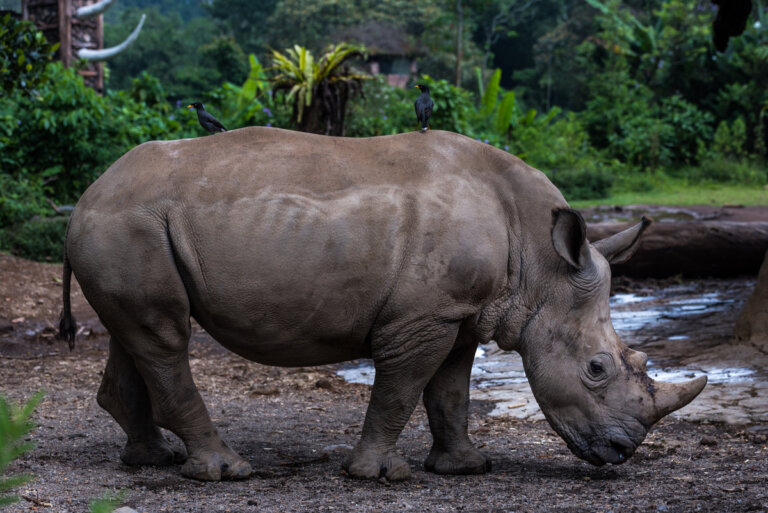

Rhinos in the parks: an island-wide survey of the last wild population of the Sumatran rhinoceros. Other sources used to build these time-series include: Report to CITES 17th meeting (Colombo, June 2019), CoP 18 Doc.83.1 annex 3: 1-38. A report from the IUCN Species Survival Commission (IUCN/SSC) African and Asian Rhino Specialist Groups and TRAFFIC to the CITES Secretariat pursuant to Resolution Conf. African and Asian rhinoceroses – status, conservation and trade. Male White and Indian rhinos can weigh up to 2700 kilograms at the other end, Sumatran rhinos have a lower range of around 600 kilograms.Įmslie, R.H. The average mass of rhinos vary by species and sex. They will have to be closely guarded for a long time. Even if reproduction is successful, population numbers will be incredibly low for a long time. Scientific innovation is now the only way to save these sub-species. In 2021, researchers aim to implant embryos in both to try to get them to reproduce. Scientists are investigating ways to continue reproduction from the last females, including stem cell treatment and hybrid embryos from Northern White Rhino eggs and Southern White Rhino sperm.

Both are guarded in a semi-wild enclosure, and have had their horns sawed off to deter poachers. There are now only two female rhinos left: Najin and her daughter, Fatu. Sudan, the last remaining male died in Kenya in 2018. Intense poaching, and challenges for protection during civil unrest in stronghold countries, has led to a rapid decline. In 1960, it’s estimated there were more than 2,000, predominantly in Sudan and the Democratic Republic of Congo. In the chart we see its demise over the second-half of the 20th century. The Northern White Rhino is on the brink of extinction. If the story of the Southern White Rhino is one of our greatest successes, the story of its Northern cousin must be one of our biggest failures. You can explore population estimates by country in the chart. South Africa is home to around three-quarters of Southern White Rhinos. Over the last few years, increases in poaching rates have unfortunately led to another decline. Populations were restored to more than 21,000. Over the course of the 20th century, severe protection of these species – particularly in African nature reserves – led to a significant and rapid increase. All were in the Hluhluwe–iMfolozi Park in South Africa – now a nature reserve. However, intense poaching by the Europeans and killings in the conversion of land for agriculture meant that by the late 19th century it was close to extinction. 3 We don’t have precise estimates but it’s reported that by the mid-19th century it was still abundant. It’s touted as one of the world’s greatest conservation success stories. In the chart we see the population trend of the Southern White Rhino. A century ago, the Northern was much more abundant than the Southern. There are two main subspecies: the Northern White and Southern White rhino. Overall, the story of the White rhino is a positive one.


 0 kommentar(er)
0 kommentar(er)
